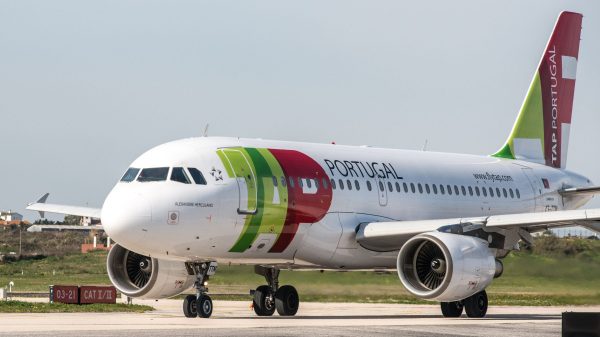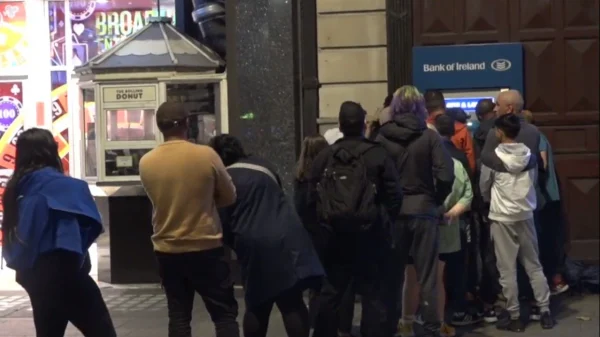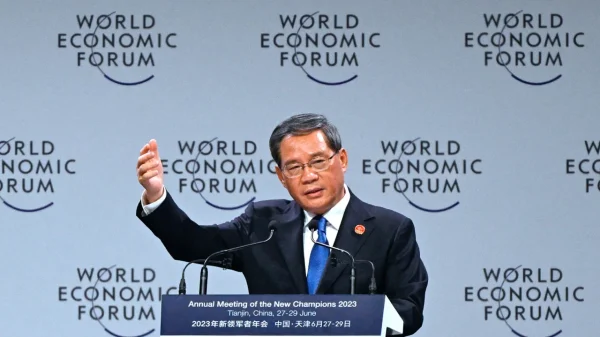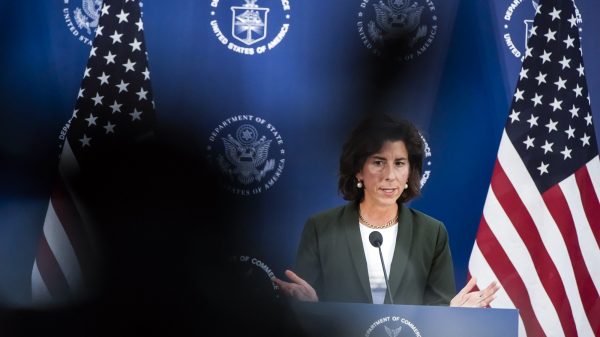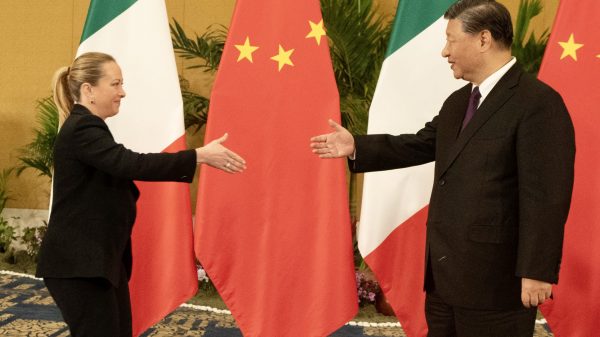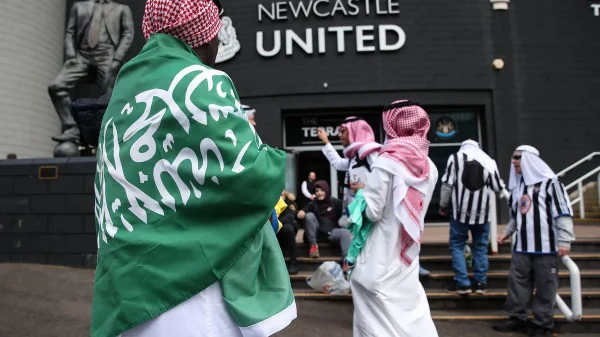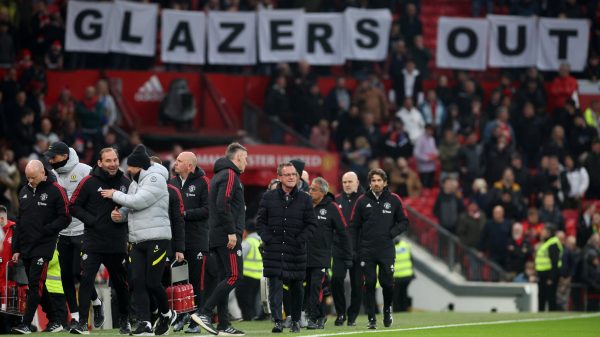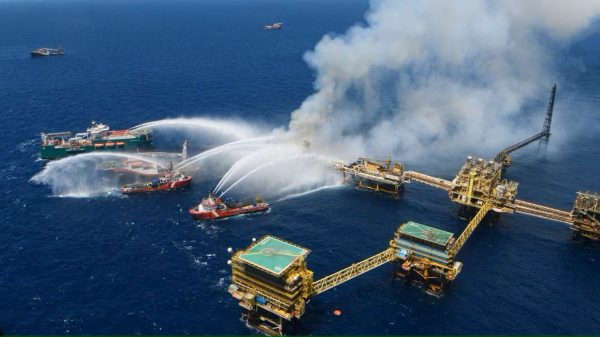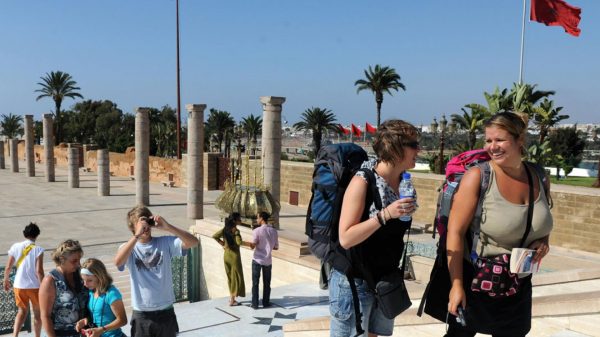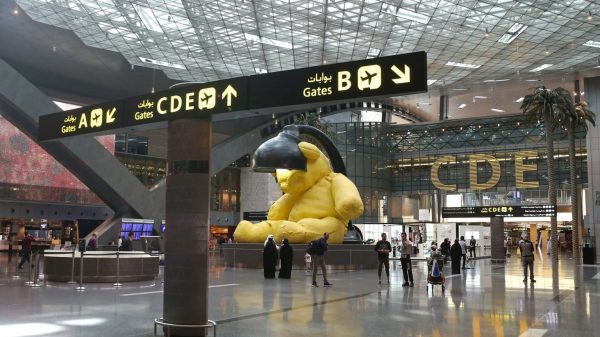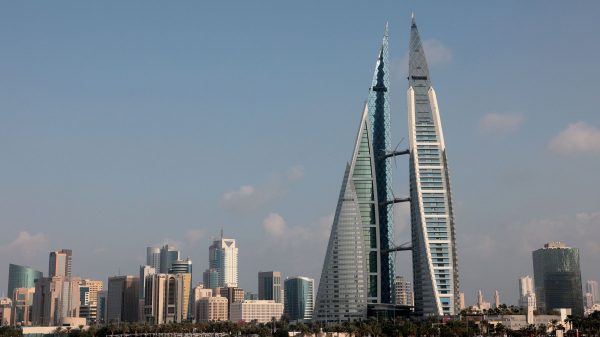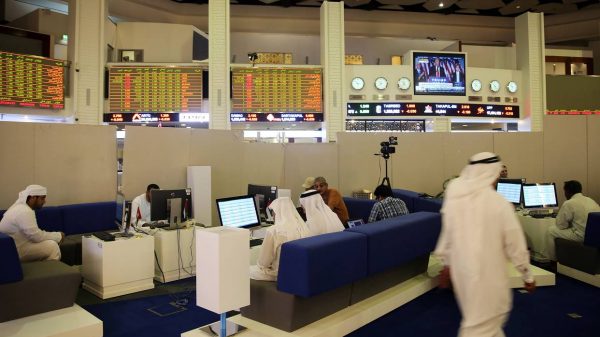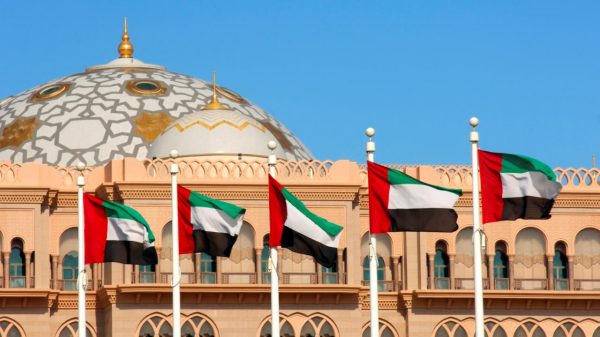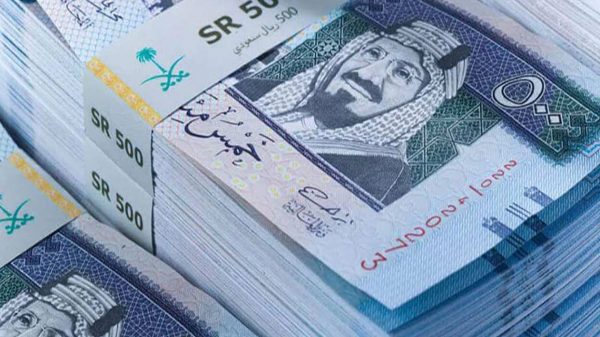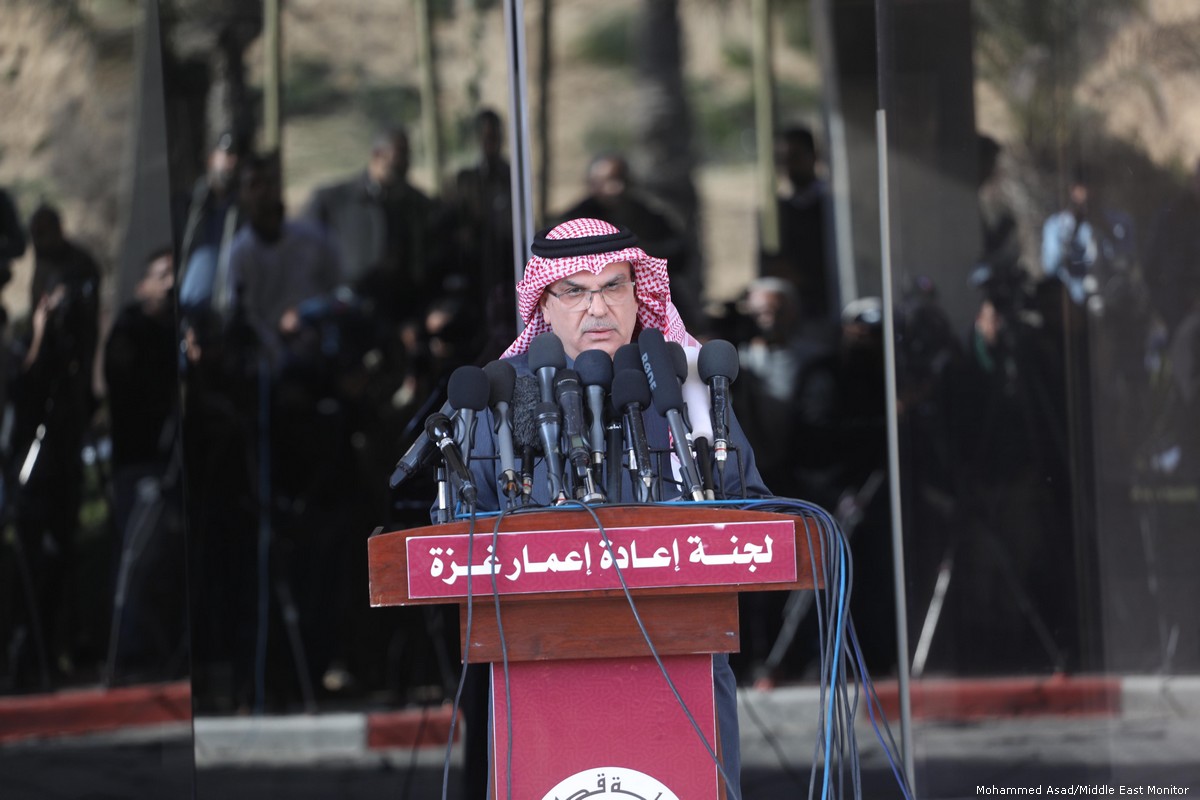The government of Qatar said it would increase its financial aid to the blockaded Gaza Strip from $240 million to $360 million a year.
“This grant will be used to pay employees’ salaries, provide financial aid to needy families, and operate power stations to limit the worsening of the humanitarian situation, and difficult living conditions in the Strip,” the Qatari government said in a statement.
The senior Qatari official stressed that international solidarity and support for Gaza “is currently weak, unlike ten years ago.”
As part of ceasefire understandings between Israel and resistance groups, Qatar has been providing grants to Gaza. The area has been under a strict Israeli siege since mid-2007.
A UN report issued in June 2018 said that 53% of Gaza’s over two million population live in poverty and 80% depend on international aid.
Head of Hamas’ Political Bureau Ismail Haniyeh thanked Qatar for its continuous support.
“This support is an extension of the faithful position of the State of Qatar in easing the siege on our people in Gaza, and toward the Palestinian people in general,” Haniyeh said. “It proves the depth of the ties between the Palestinian and Qatari peoples.”
Described as the longest blockade in history, Gaza has been under 14-year old by Israel and by Egypt.
Gaza :Humanitarian crisis
Euro-Med Monitor – Geneva-based human rights group – said in a recent report the Gaza Strip has been witnessing a suffocating blockade imposed by the Israeli authorities that has affected all social, economic and humanitarian sectors.
“Despite the humanitarian situation in the Gaza Strip reaching unprecedented levels, the blockade remains imposed on the enclave in a way that clearly shows how two million people can lead a decent life,” Euro-Med Monitor said
The organization added that Israel began the Gaza blockade after Hamas won the legislative elections, and greater restrictions and sanctions were imposed after the elections in January 2006.
The blockade was further tightened in mid-2007.
The long years of blockade Gaza witnessed were accompanied at times with military attacks, which led to the destruction of large parts of the infrastructure.
In addition, thousands of unarmed civilians were killed and wounded or incurred huge material losses.
During the years of the blockade, indicators of the humanitarian crisis in the Gaza Strip surged shockingly.
For example, unemployment rate in 2005 (before the imposition of the blockade) was about 23.6%, while at the end of 2020 it reached 49%, making it among the highest unemployment rates in the world.
Related:
Ceasefire Reached Between Gaza’s Palestinian Factions And Israel After 2 Days Of Fighting






